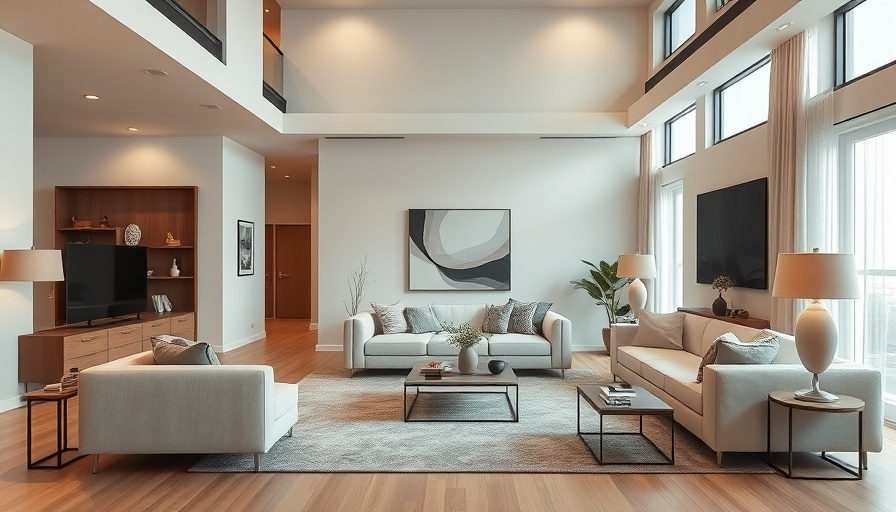
Discover the Five Key Interior Design Elements for a Harmonious Space
Interior design is not just about aesthetics; it’s about creating a harmonious, inviting environment that reflects your personality. Just like the culinary arts require the perfect blend of salt, fat, acid, and heat, interiors thrive on the right mix of elements to achieve balance and beauty. Today, we're exploring five essential interior design elements commonly found in my favorite rooms that can help you create a space that's both functional and pleasing to the eye.
1. The Power of Color in Interior Design
Color serves as the foundational block of interior design. It sets the mood and creates a sense of space. When choosing color, think of your room as a canvas. Start with a base color, which can be the existing shade or a new choice, and add complementary colors gradually. For example, a soft beige can be soothing, while a bold navy adds sophistication. Consider colors that resonate with you personally, as they can foster feelings of comfort and joy. Articles on color theory can provide further insights into how different colors affect our emotions and perceptions.
2. Adding Depth with Patterns
No room feels complete without the addition of patterns. They add visual interest and texture, which is essential in preventing a flat look. Whether it’s through curtains, rugs, or cushions, patterns can bring life to a space. Many interior designers emphasize the importance of mixing patterns thoughtfully. You can follow the advice of professionals who suggest starting with a bold, statement pattern as the focal point, and then incorporating secondary patterns to create a cohesive look.
3. Texture: The Invisible Yet Vital Element
Texture often goes unnoticed, yet it plays a crucial role in the overall feel of a room. Incorporate a variety of textures through materials like velvet, rattan, and polished wood. This dichotomy of textures creates depth and complexity. Softer textures can bring warmth and comfort, while harder surfaces might lend an industrial edge to the atmosphere. The juxtaposition of diverse textures can significantly contribute to the overall appeal and experience of a room.
4. The Charm of Vintage: Adding Something Old
Every space benefits from a touch of history. Incorporating vintage or antique pieces introduces character and a narrative into the environment. Items that have a story, like a family heirloom or a whimsical find from a flea market, can evoke nostalgia while enhancing the room's aesthetic. Such elements serve as conversation starters and provide a unique charm that mass-produced items simply cannot replicate. Designing around these pieces makes a room feel layered and meaningful.
5. Grounding with Functional Furniture
Lastly, every room needs that grounding element, often provided by furniture. Select pieces that not only serve a purpose but also resonate with your style. The furniture's size, shape, and placement can dictate the flow and function of the space. Consider items that connect the design theme — whether sleek, modern lines versus rustic, traditional designs — they should work together to maintain harmony. An inviting sofa, a sturdy dining table, or an eye-catching coffee table can set the tone for the entire room.
Mixing It All Together: A Blueprint for Success
Remember, while personal taste drives interior design decisions, there are key elements that when mixed effectively, can transform a room into a welcoming haven. Embrace your style as you play with color, patterns, textures, vintage charm, and functional furniture. For those looking to enhance their interior spaces, consider reaching out to interior design professionals to help guide your vision into reality. Experience the beauty of a home designed thoughtfully, reflecting both your personality and lifestyle.
As you embark on this design journey, assess your space critically and don't hesitate to experiment with different elements. Remember, your home should be a reflection of who you are, ensuring comfort and joy in your daily life.
 Add Row
Add Row  Add
Add 



 Add Row
Add Row  Add
Add 
Write A Comment